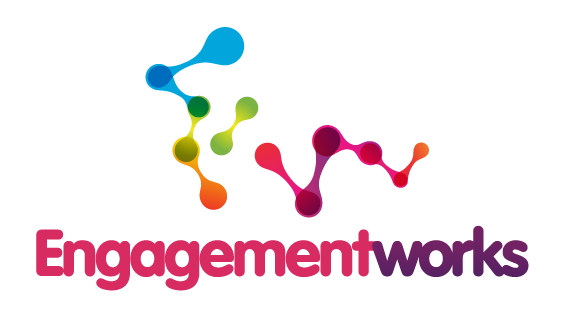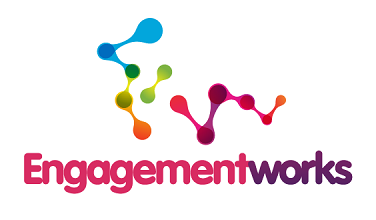A question we often hear is “where does community engagement sit with corporate communication?”
Corporate communication is, or should be, a sub-set of community engagement, although many organisations don’t structure or resource themselves that way. Few organisations have a community engagement division or one person tasked with leading and coordinating how that organisation engages across all of its business units or divisions.
Such a statement could be a bit of a Red Rag to corporate communicators, particularly those who have worked hard for their profession to get the recognition and resources needed to make a difference in the organisation that employs them.
A reason for us making that statement, and a starting point for this conversation, is the engagement spectrum. There are many versions of this spectrum, many people being familiar with IAP2’s five-level version or the OECD’s three-levels:
Organisations need to be careful of how they silo activities and responsibilities. Community engagement is, or should be, a process that cuts across organisational silos. If it does it will minimise risks and surprises and help contribute to engagement that is well planned and delivered. If it doesn’t, it may create all manner of tensions, particularly those that impact badly on an organisation’s reputation and trust.
Corporate communication can be a silo, particularly where an engagement task or process is owned elsewhere in an organisation, such as in a policy or planning team as one example, or in an infrastructure project team as another.
Cross-functional thinking shouldn't be about belittling specialist skills, knowledge and experience associated with different tasks. Rather it should be about coordinating and empowering all of the necessary resources an organisation may have to deliver the best results. This is what engagement needs to do to be able to succeed. But a challenge can be where an organisation’s engagement champion is located, particularly in terms of their seniority and influence, sometimes referred to as the corporate food chain.
This is why engagement within an organisation is just as important part of the planning and delivery process as the external components. It’s also why senior management teams need to have community engagement constantly on their radar.
Professional corporate communicators may disagree with our belief that they are just a component of engagement planning, rather than engagement planning being a part of communication. Our comments section is always open. Let’s discuss!
Corporate communication is, or should be, a sub-set of community engagement, although many organisations don’t structure or resource themselves that way. Few organisations have a community engagement division or one person tasked with leading and coordinating how that organisation engages across all of its business units or divisions.
Such a statement could be a bit of a Red Rag to corporate communicators, particularly those who have worked hard for their profession to get the recognition and resources needed to make a difference in the organisation that employs them.
A reason for us making that statement, and a starting point for this conversation, is the engagement spectrum. There are many versions of this spectrum, many people being familiar with IAP2’s five-level version or the OECD’s three-levels:
- Information: A one-way relationship in which an organisation delivers information to communities
- Consultation: A two-way relationship in which communities provide feedback on issues defined by an organisation
- Active participation: A collaboration in which communities actively shape policy options, but where the organisation may retain the responsibility for final decisions.
Organisations need to be careful of how they silo activities and responsibilities. Community engagement is, or should be, a process that cuts across organisational silos. If it does it will minimise risks and surprises and help contribute to engagement that is well planned and delivered. If it doesn’t, it may create all manner of tensions, particularly those that impact badly on an organisation’s reputation and trust.
Corporate communication can be a silo, particularly where an engagement task or process is owned elsewhere in an organisation, such as in a policy or planning team as one example, or in an infrastructure project team as another.
Cross-functional thinking shouldn't be about belittling specialist skills, knowledge and experience associated with different tasks. Rather it should be about coordinating and empowering all of the necessary resources an organisation may have to deliver the best results. This is what engagement needs to do to be able to succeed. But a challenge can be where an organisation’s engagement champion is located, particularly in terms of their seniority and influence, sometimes referred to as the corporate food chain.
This is why engagement within an organisation is just as important part of the planning and delivery process as the external components. It’s also why senior management teams need to have community engagement constantly on their radar.
Professional corporate communicators may disagree with our belief that they are just a component of engagement planning, rather than engagement planning being a part of communication. Our comments section is always open. Let’s discuss!

 RSS Feed
RSS Feed
